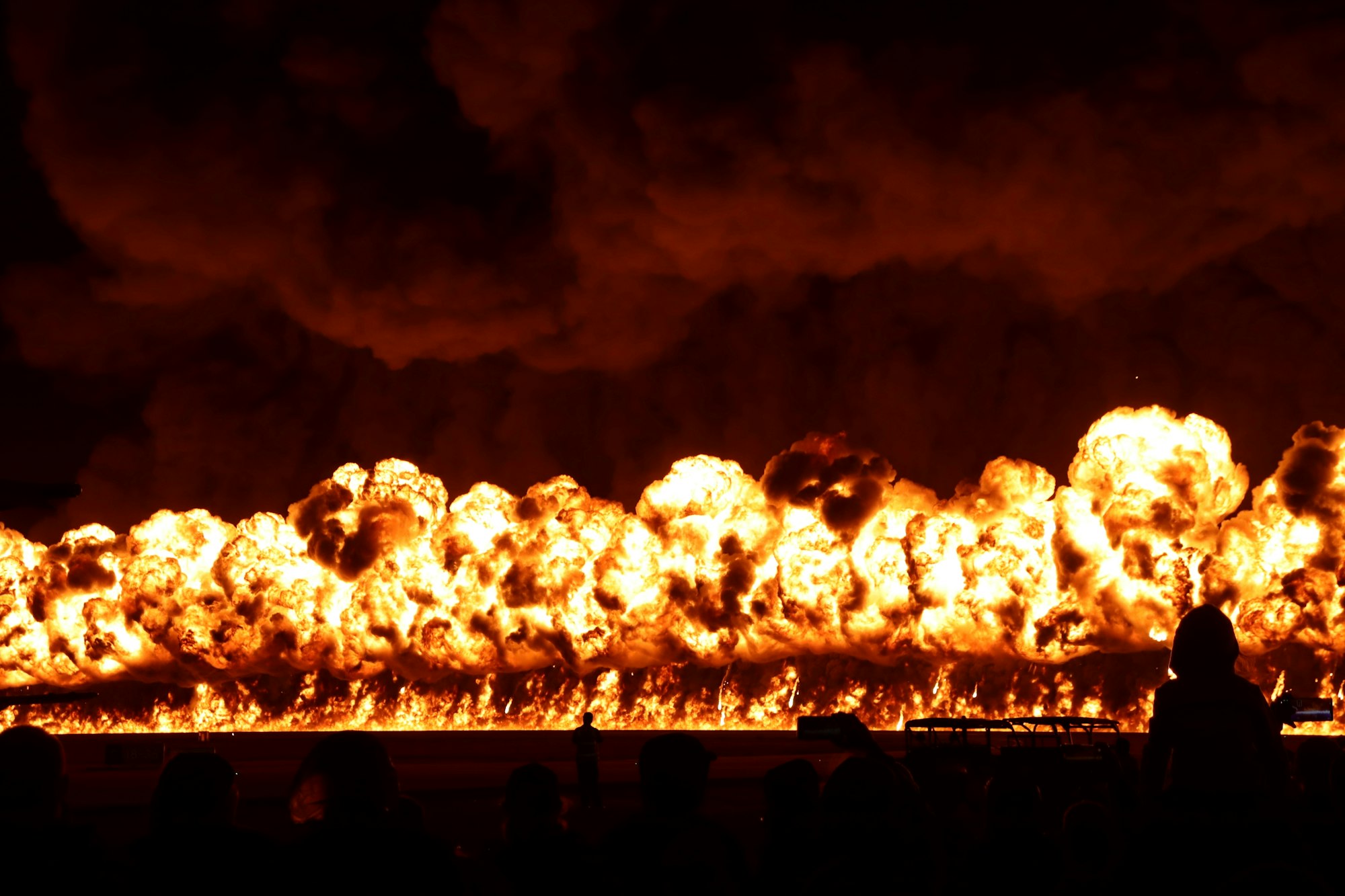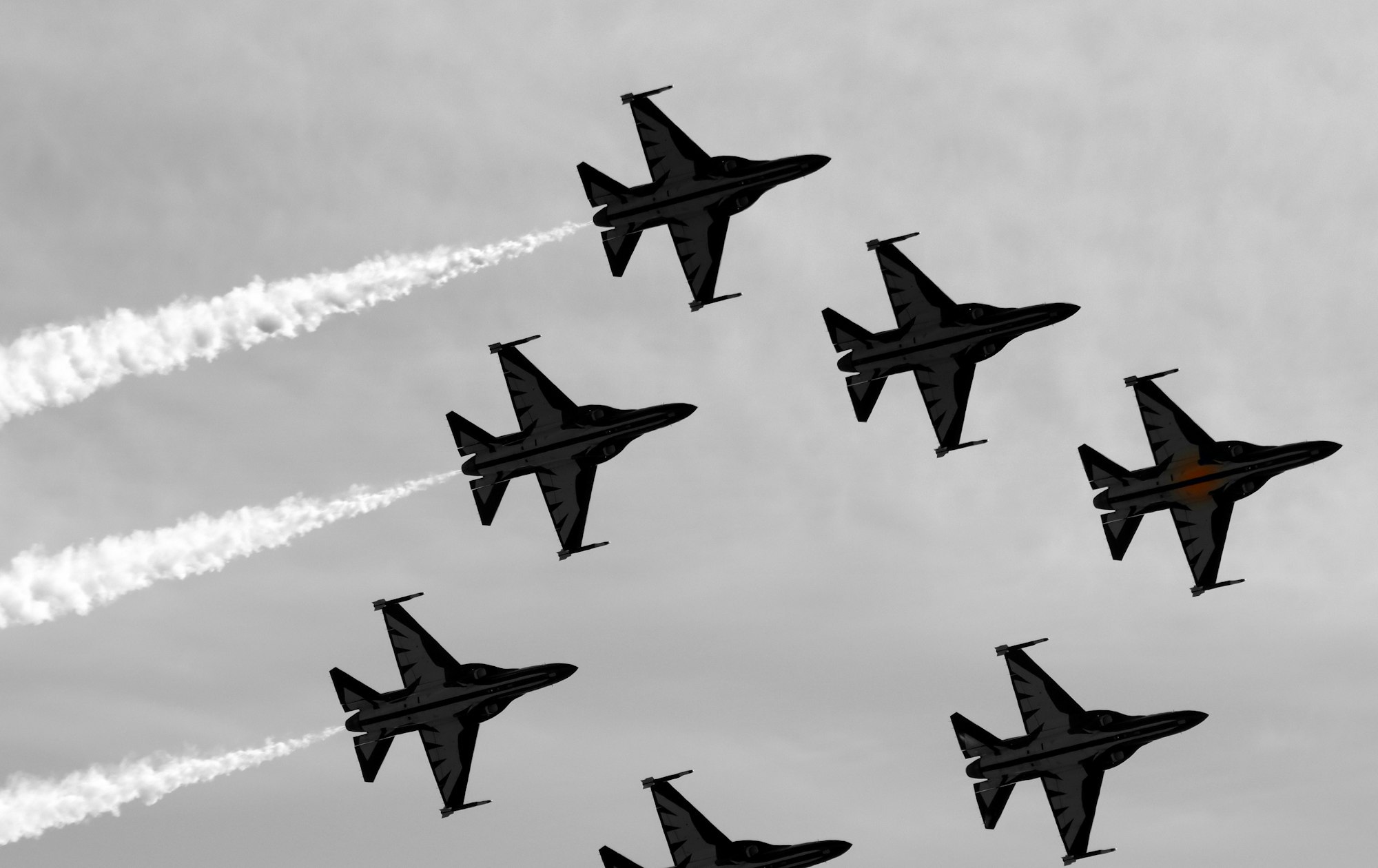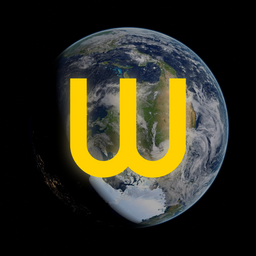China Vetoes anti-Hamas Resolution: Its Meaning
The US resolution that China rejected at the UN Security Council addressed several key points related to the Palestinian-Israeli conflict

In a significant development at the United Nations Security Council, China exercised its veto power to reject a UN resolution on the ongoing Palestinian-Israeli conflict. The resolution, originally drafted by the United States, aimed to condemn Hamas, express support for Israel's right to self-defense, and call for the immediate release of all hostages.
However, China's representative voiced strong opposition to the resolution, highlighting a critical omission—the absence of a call for an immediate ceasefire. This rejection further strained diplomatic relations, and it was not the first time China had resisted US requests in the international arena.
The veto power
The UN Security Council standoff saw Russia and China employing their veto power to block the US-drafted resolution, while several countries, including England, Switzerland, Malta, Japan, Ghana, Gabon, France, Ecuador, and Albania, stood with the United States. Mozambique and Brazil chose to abstain from the vote. China's stance in this instance mirrored its past refusals to cooperate with US proposals.
The US resolution that China rejected at the UN Security Council addressed several key points related to the Palestinian-Israeli conflict. These included:
- Condemnation of Hamas.
- Expression of support for Israel's right to self-defense.
- Call for the immediate release of all hostages.
However, the contentious issue that led to China's rejection of the resolution was its failure to advocate for an immediate ceasefire. China's representative argued that the resolution "does not reflect the world's strongest calls for a cease-fire and an end to the fighting."
This US resolution was just one among multiple proposals aimed at providing relief to civilians in the besieged Gaza Strip. Previously, the Security Council had been unable to pass two resolutions that called for a humanitarian pause in Gaza. The new proposals, currently under negotiation, are reported to address the critical shortages of essential supplies in Gaza but may involve different procedures to ensure safe delivery, according to sources outside the UN.
The absence of an immediate ceasefire clause in the US resolution was a major point of contention for China and several other nations. Although the resolution did call for the immediate release of hostages and expressed support for Israel's right to self-defense, the lack of an immediate ceasefire provision was considered a significant shortcoming by many countries.
It is essential to note that in the context of the Israel-Palestine conflict, there is a distinction between a ceasefire and a pause. These terms have often been used interchangeably in the media but carry different implications:

The clauses
Ceasefire: A ceasefire is a formal agreement negotiated between warring parties to halt all hostilities. This typically involves commitments to de-escalate the conflict, which can include withdrawing weapons or repositioning forces. Ceasefires tend to encompass the entire geographical area of the conflict and may lead to a permanent settlement.
Pause: In contrast, a pause is less formal and of shorter duration than a ceasefire. It constitutes a temporary halt to fighting, usually lasting for a few hours or days. Pauses are often implemented to facilitate the movement of aid or civilians or to provide a brief respite from violence. Unlike a ceasefire, pauses do not entail a formal political process or commitments to de-escalate the conflict.
In the context of the Israel-Palestine conflict, the terms "ceasefire" and "pause" have been used to describe various proposals designed to alleviate the suffering of civilians in the beleaguered Gaza Strip. The United States has advocated for "humanitarian pauses" to permit the delivery of aid into Gaza, while Russia has called for a "humanitarian ceasefire." The European Union has proposed "corridors and pauses" to facilitate humanitarian aid delivery. These proposals, however, have encountered resistance from Israel, which has rejected calls for a ceasefire and continued its bombardment of Gaza.
It is important to note that while humanitarian pauses are typically of short duration and primarily enable the movement of aid, ceasefires have the potential to lead to a lasting peace and may encompass the entire conflict zone.
Diplomatic Tension
The diplomatic impasse between China and the US over the UN resolution on the Palestinian-Israeli conflict underscores the nuanced challenges of balancing global interests. The differing interpretations of terms like "ceasefire" and "pause" reveal the complexities in reaching consensus amid the conflict.
As the world grapples with humanitarian crises, the refusal to align on critical resolutions emphasizes the pressing need for collaborative efforts to address conflicts and alleviate the suffering of those affected. The rift underscores the necessity for multilateral dialogue and a shared understanding to foster sustainable solutions in the face of ongoing geopolitical challenges.


